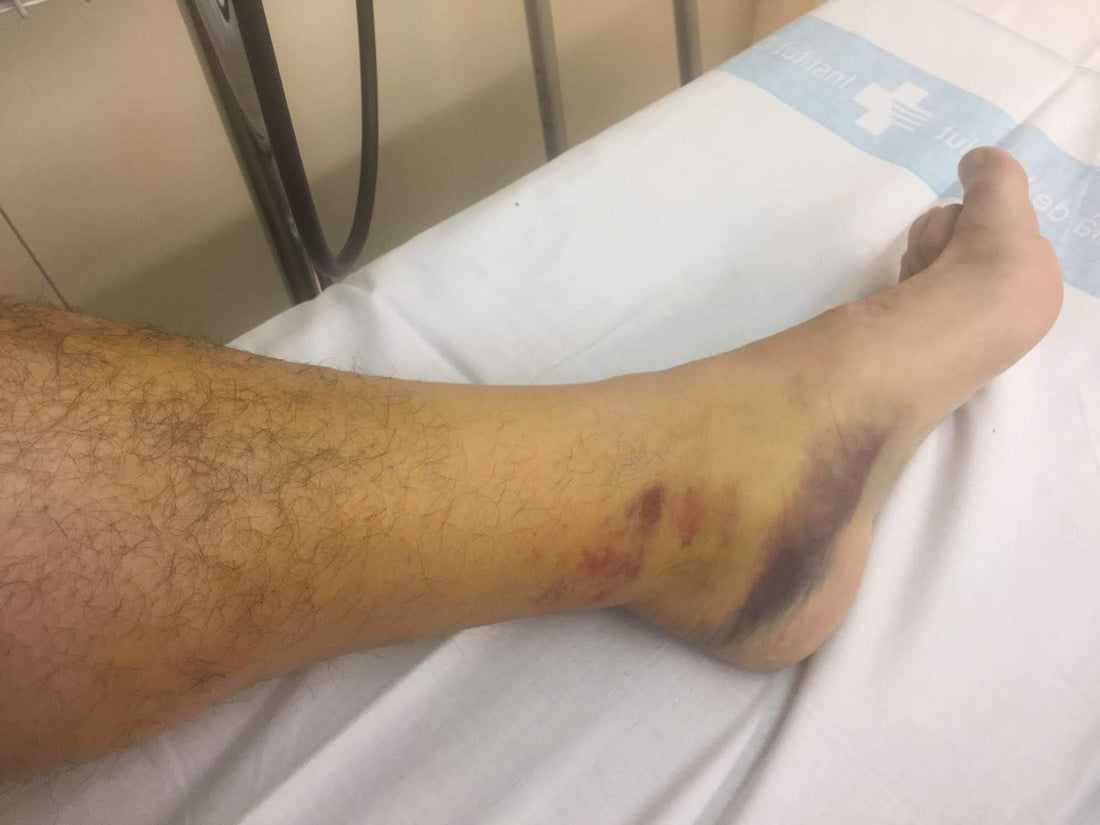Subscribe Us
Subscribe to our newsletter and receive a selection of cool articles every week
How to recover a fiber break?

Again with you again, to continue commenting on old and new experiences. It is not necessary to remember everything that has been said before, but it is necessary to emphasize important concepts, which we will remember and which we will gradually influence. This time we are going to talk about how to recover a fiber break?
We are going to really put into practice and in operation the Sizen and what role it has in this type of treatment. Next I will explain a real case. Surely one of the most striking I've had in my 27-year career, and one of the ones I have the most memories of.
The story begins some time ago, when one day the phone rings and a person begins to tell me about his situation and his curious diagnosis.
Among other aspects, and as interesting data, such a patient tells us that while skiing he suffered a fall and heard a loud sound. Immediately afterwards, he felt a strong sensation that something had broken in the back of his leg, in the area of the calves and soleus.
After several tests, in which apart from the typical movements and inspections, more complete tests are carried out due to forcefulness and sensations, it is detected: a partial rupture of fibers of the gastrocnemius muscle (more commonly known as calf) on the right leg, but with the "curiosity" the length of this break... 18cm.

18 cm of calf breaking!
But as always happens to me, curiosity gets the better of me, and challenges too. So I accept the challenge of treating said patient. Apparently evicted by the traumatologist. We arrange a visit and get down to work. I begin to think of a plan to improve, recover and functionalize the leg. An important part in the leadership of the recovery will be taken by the benefits of presotherapy.
After a first visit, where we get up to date and collect the first data and information, two things are clear to us:
1.- The tear, by area and length, will require different care in many aspects, and a strong dose of involvement on both sides.
2.- We have had this injury for a long time, so the mobility and drainage aspect will be very important. The lack of activity and movement produces an atrophy of the area that leads to other injuries and discomfort created by this lack. It is interesting to comment that presotherapy works, very indicated for this type of pathologies.
How do we recover this fiber breakage?
From the first sight, due to the atrophy of the area, we focus above all on the recovery of movement and improvement of circulation and drainage, so that the area gradually begins to recover its previous appearance.
Little by little, with the involvement of the patient in all aspects, the recovery begins to bear fruit, after a few sessions we see how the rehabilitation works, we can see some very positive aspects and signs in the leg.

The application of pressotherapy in the field of physiotherapy In this injury it is shown to us as very important, because when talking about a long-term injury. What involves immobilization, and a subsequent period of rest and progressive activation, seems to us as very important the work of mobilization, both active and passive. This is where pressotherapy comes in as a key element.
It gives us a movement of the area and its respective organs of vital importance, both for the recovery itself and for subsequent activities. The pressure therapy is aimed at these people. Pressotherapy has played a great role, because for the day-to-day performance, and especially for sports activities, the legs always have a leading role. For this reason, the drainage and circulation that the sports presotherapy It is very important when it comes to how to recover a fiber break.
In short, from an injury that we began to deal with a few months ago, where all the prognoses were bad. Where there would surely be sequelae such as: limp and almost certainly the patient would not be able to return to sports or medium-intensity activities….
We recovered 70% of mobility in 2 months!
We pass, with the participation of the patient to a normal life. He practically does not remember his injury. With a recovery after 2 months of treatment of practically 70% and 100% at 6 months.

Remember that the size of the break was 18 cm, the twin had been broken almost entirely.
This reminds us: Never give up, EVER! Much less when we talk about how to recover a fiber break.
There is always something that can be done, there is always an alternative, and our effort and perseverance always takes us to places we cannot even imagine... Every effort has its reward!
Jordi Langa
N. 10492








